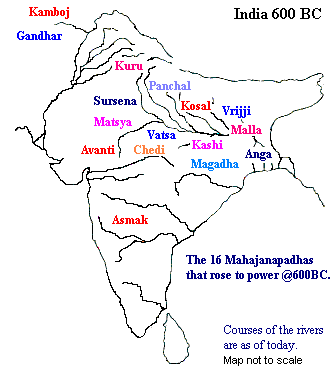Light has always been a source of inspiration to humans.
'Let there be light', our prophets have long been commanded as.
'Lead me from darkness to light',
our seers have asked to higher existence since long ago.
And the 2015 has been proclaimed as the
by UN's 68th general assembly.
Optics and photonics have many positive impact in fields
as diverse as
energy, eduction, agriculture and health.
energy, eduction, agriculture and health.
And as a grown up,
humanity is just finding
Now reading and writing brain with light.
This is a case of fields combine of
Neurology and Philosophy i.e.
Neurology and Philosophy i.e.
Neurophilosophy.
Neuroscientists of University College London
have found out that light could be used
for simultaneous recording and alteration of neurons impulses
in the living brain.
The technique, described in the journal Nature Methods, combines two existing state-of-the-art neurotechnologies.
One of them is optogenetics. This involves creating genetically engineered mice expressing algal proteins called Channelrhodopsins in specified groups of neurons. This renders the cells sensitive to light, allowing researchers to switch the cells on or off, depending on which Channelrhodopsin protein they express, and which wavelength of light is used. This can be done on a millisecond-by-millisecond timescale, using pulses of laser light delivered into the animals’ brains via an optical fibre.
The other is calcium imaging. Calcium signals are crucial for just about every aspect of neuronal function, and nerve cells exhibit a sudden increase in calcium ion concentration when they begin to fire off nervous impulses. Using dyes that give off green fluorescence in response to increases in calcium concentration, combined with two-photon microscopy, researchers can detect this signature to see which cells are activated. In this way, they can effectively ‘read’ the activity of entire cell populations in brain tissue slices or live brains.
 |
| High-speed calcium imaging shows simultaneous activation of six neurons arranged in the shape of a smiley face. Credit: Lloyd Russell, Hausser lab, UCL |
thankfully shared/cited from:http://www.theguardian.com/science/neurophilosophy/2014/dec/22/researchers-read-and-write-brain-activity-with-light
“We’re excited about this,” says senior author Michael Häusser. “It unites two revolutions in neuroscience and heralds a new era in which we can abandon electrodes and use light alone to probe neural circuits during behaviour.”
Links:
https://www.ucl.ac.uk/news/news-articles/1214/231214-light-brain/
http://www.sciencemag.org/content/346/6216/1506
http://www.ucl.ac.uk/wibr
Abstract of article from Nature Methods in original:
(thankfully shared from: http://www.nature.com/nmeth/journal/vaop/ncurrent/full/nmeth.3217.html
 We describe an all-optical strategy for simultaneously manipulating and
recording the activity of multiple neurons with cellular resolution in vivo.
We performed simultaneous two-photon optogenetic activation and calcium
imaging by coexpression of a red-shifted opsin and a genetically
encoded calcium indicator. A spatial light modulator allows tens of
user-selected neurons to be targeted for spatiotemporally precise
concurrent optogenetic activation, while simultaneous fast calcium
imaging provides high-resolution network-wide readout of the
manipulation with negligible optical cross-talk. Proof-of-principle
experiments in mouse barrel cortex demonstrate interrogation of the same
neuronal population during different behavioral states and targeting of
neuronal ensembles based on their functional signature. This approach
extends the optogenetic toolkit beyond the specificity obtained with
genetic or viral approaches, enabling high-throughput, flexible and
long-term optical interrogation of functionally defined neural circuits
with single-cell and single-spike resolution in the mouse brain in vivo.
We describe an all-optical strategy for simultaneously manipulating and
recording the activity of multiple neurons with cellular resolution in vivo.
We performed simultaneous two-photon optogenetic activation and calcium
imaging by coexpression of a red-shifted opsin and a genetically
encoded calcium indicator. A spatial light modulator allows tens of
user-selected neurons to be targeted for spatiotemporally precise
concurrent optogenetic activation, while simultaneous fast calcium
imaging provides high-resolution network-wide readout of the
manipulation with negligible optical cross-talk. Proof-of-principle
experiments in mouse barrel cortex demonstrate interrogation of the same
neuronal population during different behavioral states and targeting of
neuronal ensembles based on their functional signature. This approach
extends the optogenetic toolkit beyond the specificity obtained with
genetic or viral approaches, enabling high-throughput, flexible and
long-term optical interrogation of functionally defined neural circuits
with single-cell and single-spike resolution in the mouse brain in vivo.http://www.nature.com/nmeth/journal/vaop/ncurrent/full/nmeth.3217.html
 |
| Figure: Simultaneous fast calcium imaging and concurrent photostimulation of multiple neurons in vivo.thankfully shared from: http://www.nature.com/nmeth/journal/vaop/ncurrent/full/nmeth.3217.html |











































